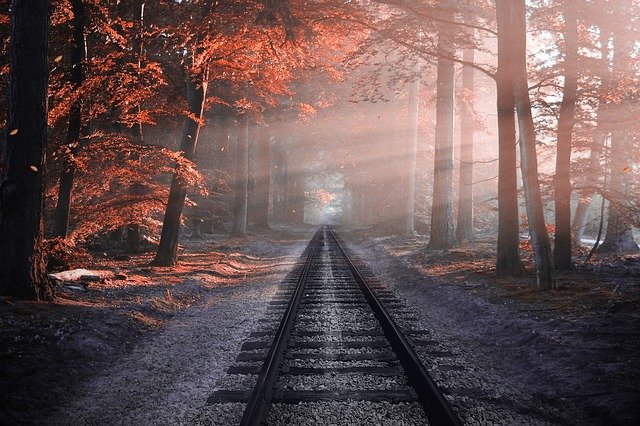Types of Gradient In Railway
The various gradient used on railway tracks can be classified under the following heads:

A. Ruling Gradient
B. Momentum Gradient
C. Pusher or Helper Gradient
D. Station yard Gradient.
A. Ruling Gradient
The permissible gradient usually provided in a railway track is called the ruling gradient. It is the maximum gradient allowed on the particular track section. The ruling gradient mainly depends upon the power of the locomotive.
Generally, with one locomotive train, the following ruling gradients are adopted in India.
a. In plain terrain- 1 in 150 to 1 in 200
b. In hilly regions – 1 in 100 to 1 in 150
Read Also: Types of Railway Sleepers
B. Momentum Gradient
The rising gradient which is followed by a falling gradient and along which trains climb more easily due to momentum acquired by them over the falling gradient is called momentum gradient. Thus a momentum gradient can be steeper than the ruling gradient.
C. Pusher gradient
The rising gradient which is steeper than the ruling gradient and along which trains require additional locomotives to climb up the track is called the pusher gradient. These types of gradients are very important in mountainous terrain where steeper gradients are necessary to reduce the length of the track.
D. Station Yard Gradient
The minimum gradient provided on station yard for easy drainage is called station yard gradient or minimum gradient.
In Indian Railways, the maximum gradient permitted in station yards is taken as 1 in 400 while the minimum gradient recommended for station yards is 1 in 1000.
Read More: